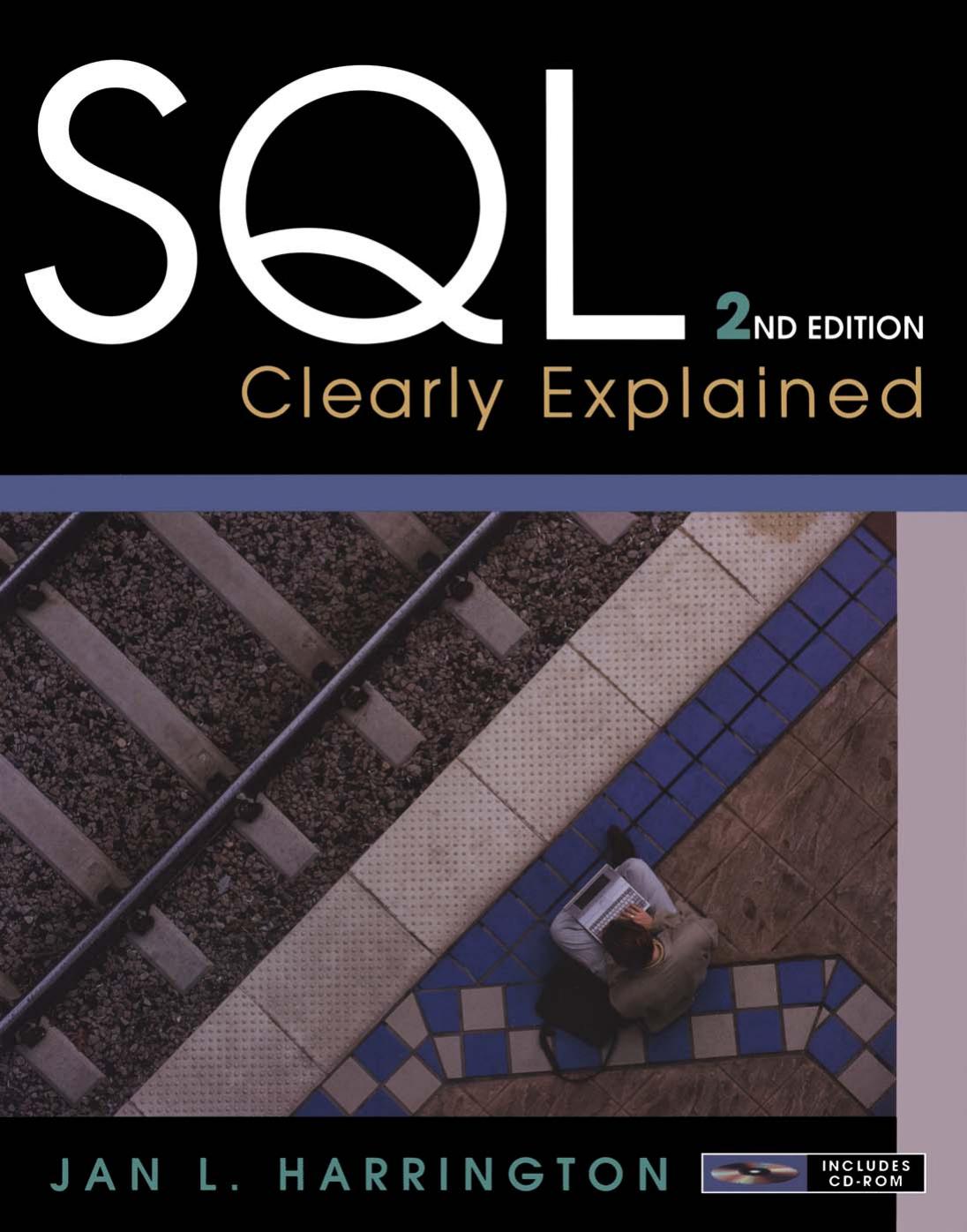SQL Clearly Explained by Jan L. Harrington

Author:Jan L. Harrington
Language: eng
Format: epub, pdf
ISBN: 978-0-12-375697-8
Publisher: Elsevier Science
Published: 2010-05-25T16:00:00+00:00
Because the SET CONSTRAINT MODE statement requires a named constraint, it cannot be applied to constraints created within a CREATE TABLE statement unless those constraints have been named. This means that if you want to have control over when the checking of such constraints occurs, you need to add a CONSTRAINT clause to the table declaration so you have somewhere to name a constraint.
As an example, consider the table declaration in Figure 9-5. The addition of the CONSTRAINT clause allows both the primary and foreign keys to be named, making them accessible to a SET CONSTRAINTS MODE statement (although the primary key has been specified as not deferrable.)
Download
This site does not store any files on its server. We only index and link to content provided by other sites. Please contact the content providers to delete copyright contents if any and email us, we'll remove relevant links or contents immediately.
Algorithms of the Intelligent Web by Haralambos Marmanis;Dmitry Babenko(16237)
Azure Data and AI Architect Handbook by Olivier Mertens & Breght Van Baelen(7676)
Building Statistical Models in Python by Huy Hoang Nguyen & Paul N Adams & Stuart J Miller(7658)
Serverless Machine Learning with Amazon Redshift ML by Debu Panda & Phil Bates & Bhanu Pittampally & Sumeet Joshi(7531)
Driving Data Quality with Data Contracts by Andrew Jones(7295)
Data Wrangling on AWS by Navnit Shukla | Sankar M | Sam Palani(7291)
Machine Learning Model Serving Patterns and Best Practices by Md Johirul Islam(7032)
Learning SQL by Alan Beaulieu(6239)
Weapons of Math Destruction by Cathy O'Neil(6220)
Big Data Analysis with Python by Ivan Marin(5937)
Data Engineering with dbt by Roberto Zagni(4933)
Solidity Programming Essentials by Ritesh Modi(4568)
Time Series Analysis with Python Cookbook by Tarek A. Atwan(4402)
Pandas Cookbook by Theodore Petrou(4088)
Blockchain Basics by Daniel Drescher(3544)
Natural Language Processing with Java Cookbook by Richard M. Reese(3147)
Hands-On Machine Learning for Algorithmic Trading by Stefan Jansen(3049)
Learn T-SQL Querying by Pam Lahoud & Pedro Lopes(2932)
Feature Store for Machine Learning by Jayanth Kumar M J(2928)
